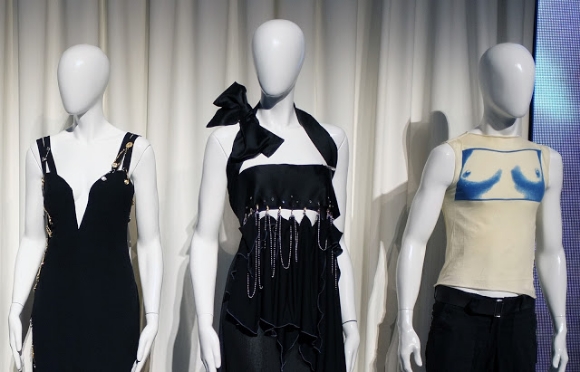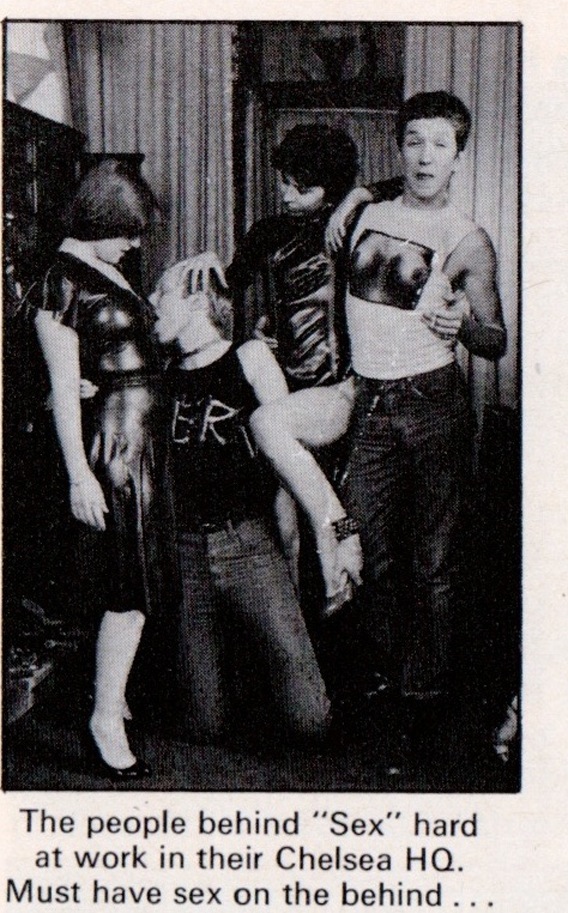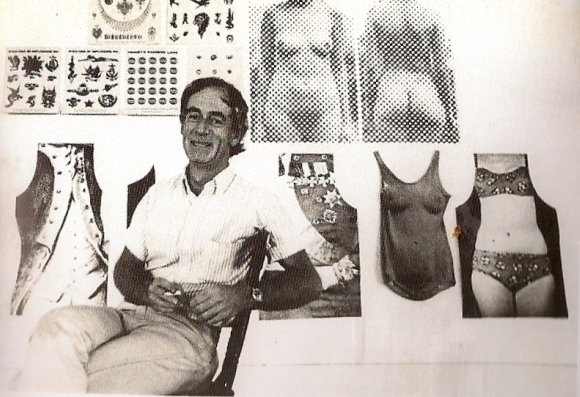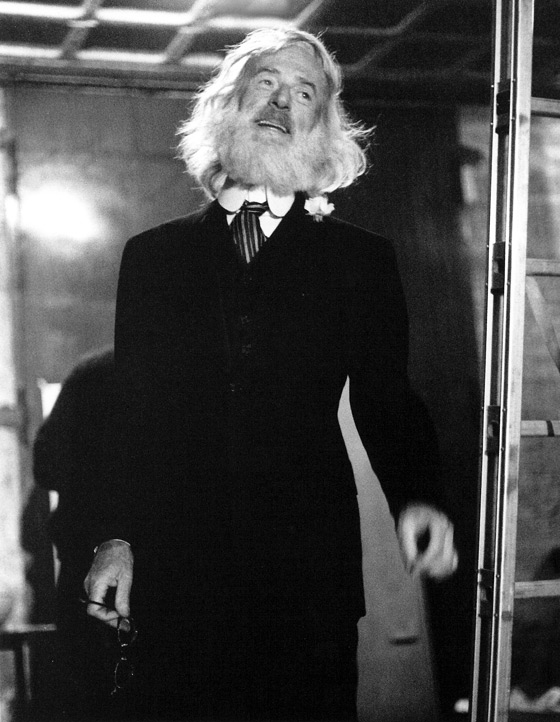The origins of the Tits tee: Robert Watts + Products for Implosions Inc
Malcolm McLaren’s adaptation of the infamous Tits t-shirt is one of punk’s most familiar designs, as applied by he and Vivienne Westwood to shirts sold in SEX and Seditionaries, worn by members of the Sex Pistols and replicated hundreds of thousands of times since.
Such is its distorting androgynous power that a version was chosen along with another McLaren/Westwood design – the Cowboys shirt – to represent the core aesthetic of the movement when the forthcoming Costume Institute exhibition Punk: Chaos To Couture was announced earlier this month.

//A version of the McLaren/Westwood Tits tee lines up with designs by Zandra Rhodes and Versace. Photo: Metropolitan Museum of Art//
A couple of years back I wrote a three-parter about the journey undertaken by the Tits tee from late 60s Rhode Island School of Design project to 70s counterculture novelty, during which time it was worn by the likes of Alice Cooper and Charlie Watts. Meanwhile, in the UK, designers John and Molly Dove were moving along a parallel track with such bodyform designs as a top featuring a James Wedge photograph of his partner Pat Booth’s naked torso.
Thanks are due to Mrs Gorman, who has pointed out that the artist Robert Watts predated them all. Watts participated in early 60s group investigations into the stultifying effects of consumerism such as Fluxus (1963) and The American Supermarket (1964 ) and his retail installation Products By Implosions Inc included a series of ‘life-size” prints onto garments, including the image of the breasts and body of a woman on a singlet.
In an essay in the catalogue for the 2002 exhibition Shopping, Thomas Kellein wrote that one of the concerns of Watts and his fellow travellers lay in “introducing to the booming world of the economic miracle…the philosophy of doing nothing and the emptiness of long-term accumulations”.
As an art student in the late 60s and early 70s, McLaren had absorbed this: his notes for the unfinished film project Oxford Street argue that the commodity “defines our ambitions, our aspirations, our qualities of life. Its effects are repression – loneliness – boredom”.
This is the true context for McLaren’s experiments into London’s boutique business: the iterations at 430 Kings Road between 1971 and 1981 were environments purposefully constructed to express this artistic viewpoint, and their garments, most published in limited numbers, multiples.

//Right: Sex Pistols guitarist Steve Jones in Sex Tits tee from Forum, June 1976. Photo: David Dagley//
When McLaren came across Jizz Inc’s original Tits tee in a New Orleans novelty shop in the spring of 1975 he recognised the properties which could be readily aligned with the other Sex designs defining punk’s bleak and alienated aesthetic.
And that’s why the potency of the Tits tee and McLaren’s other works of this period are undimmed. They were framed by a sturdy critique which survives being sold for £12 as eBay knock-offs or foregrounded in such international high fashion events as Punk: Chaos To Couture.
Somewhere, McLaren and Watts are smiling down as the spectacle unceasingly unfolds.
The New York Times obituary of Robert Watts is here.
I recommend Shopping: A Century Of Art And Consumer Culture. Buy copies here.


